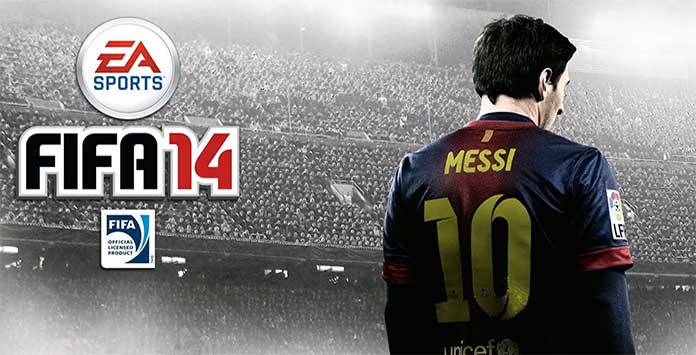
In recent years, the French Ligue 1 has witnessed a significant tactical shift, evolving from its traditionally defensive roots to a more dynamic offensive approach. This transformation has not only made the league more exciting to watch but has also increased its competitiveness on the European stage. Clubs like Olympique Lyonnais and AS Monaco are at the forefront of this evolution, embracing fluid attacking tactics that defy the old stereotype of French football being overly cautious and defense-oriented.
Historically, Ligue 1 was known for its robust defensive setups, with teams often prioritizing a solid backline over attacking flair. However, the current season has seen a marked change in this philosophy. The average goals per game in the league have increased, reflecting the shift towards more aggressive attacking strategies. According to Total Football Analysis, this change is not just a cosmetic alteration but a fundamental transformation in the way teams approach the game.
The Rise of Offensive Play
Lyon and Monaco serve as prime examples of this new wave of football tactics. Under the guidance of tactically astute managers, these clubs have adopted systems that emphasize possession, quick transitions, and high pressing. Lyon, for instance, has been particularly effective with their 4-2-3-1 formation, which allows them to control the midfield and launch swift attacks. Their reliance on young, energetic players who can execute this high-intensity style has paid dividends, with Lyon currently averaging two goals per match, a significant improvement from previous seasons.
Monaco, on the other hand, has been experimenting with a more fluid 3-4-3 setup. This formation provides them with width and the ability to overload the flanks, creating numerous scoring opportunities. The flexibility of their system allows players to interchange positions seamlessly, keeping opponents guessing and often out of balance. As a result, Monaco's offensive output has seen a sharp increase, with key players like Wissam Ben Yedder and Kevin Volland playing pivotal roles in their attacking endeavors.
Tactical Breakdown
The tactical evolution in Ligue 1 can be attributed to several factors. One crucial element is the influence of foreign coaches who have brought new ideas and methodologies to the French league. The likes of Mauricio Pochettino at PSG and Niko Kovač at Monaco have introduced high pressing and vertical passing styles that have encouraged other teams to follow suit. This has led to a more open and attacking league, where teams are willing to take calculated risks in pursuit of victory.
Moreover, the integration of data analytics into football strategy has allowed teams to optimize their play styles effectively. Clubs are now able to analyze opponents' weaknesses in greater detail and tailor their tactics accordingly. This has resulted in more strategic and unpredictable matches, adding an extra layer of intrigue for fans and analysts alike.
The Impact on Competitiveness
The shift towards dynamic offense has undoubtedly increased the competitiveness of Ligue 1. Teams are no longer content with merely surviving in the league but are aiming to compete at the highest level. This ambition has been reflected in European competitions, where French clubs have started to make deeper runs. The tactical adaptability of these teams has made them formidable opponents, capable of challenging even the most established clubs from other top European leagues.
A recent study from UEFA highlighted that Ligue 1 clubs have improved their overall performance in the UEFA rankings, attributing this rise to their more attacking play styles. The ability to score goals and entertain while maintaining tactical discipline has made Ligue 1 a breeding ground for some of the most exciting young talents in world football.
Player Development and Youth Integration
The tactical evolution in Ligue 1 has also facilitated the development of young players. Clubs are increasingly investing in their youth academies, focusing on nurturing players who can thrive in a fast-paced, attack-oriented environment. This focus on youth has not only bolstered the quality of football in the league but has also enhanced its global appeal.
Players like Rayan Cherki from Lyon and Aurélien Tchouaméni from Monaco have emerged as key figures in their respective teams, showcasing the potential of young talents when given the opportunity to shine in a tactically progressive setup. Their performances have attracted attention from top clubs across Europe, underscoring the growing reputation of Ligue 1 as a talent hub.

Conclusion
The tactical evolution of Ligue 1 from a defense-first approach to a more dynamic offensive style marks a significant turning point for French football. This transformation, driven by innovative coaching, strategic use of data, and a focus on youth development, has not only revitalized the league but has also enhanced its competitiveness on the European stage. As clubs continue to refine their tactics and embrace this new philosophy, Ligue 1 is poised to become one of the most exciting and unpredictable football leagues in the world.
For fans and analysts, this shift offers a refreshing perspective on a league that has long been overshadowed by its European counterparts. As the season progresses, it will be fascinating to observe how these tactical changes continue to influence the landscape of French football, potentially setting a new standard for leagues worldwide.